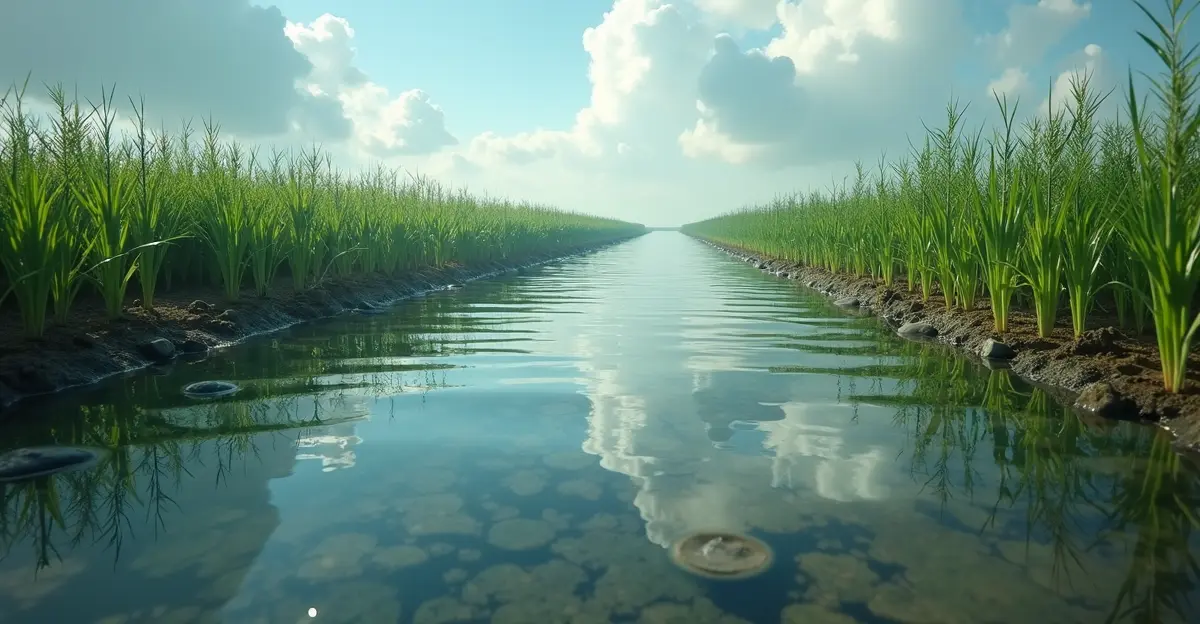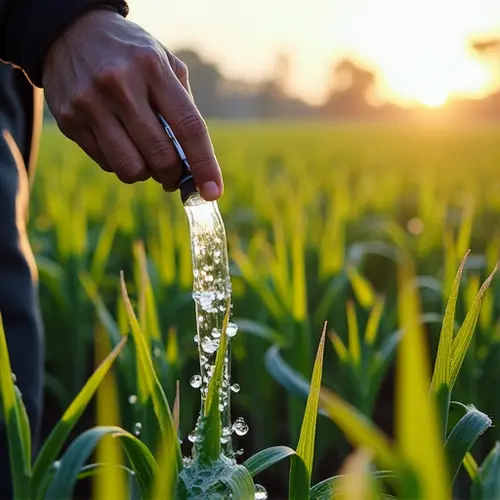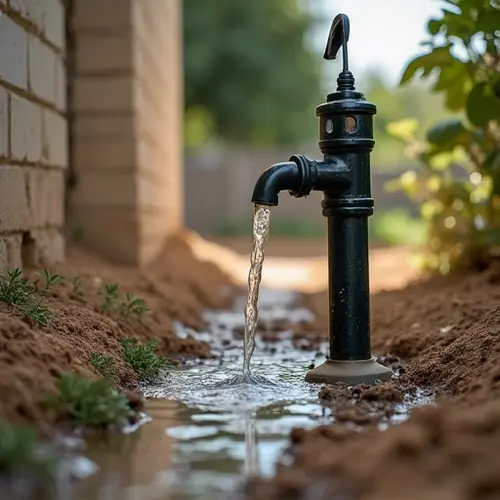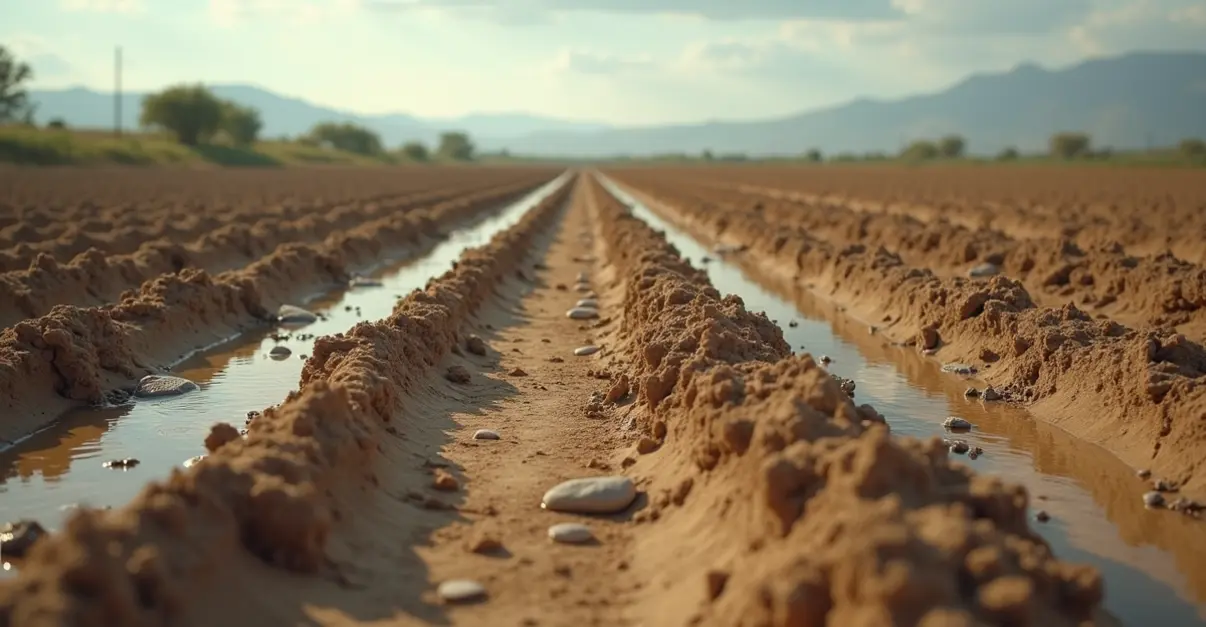Global freshwater reservoir levels have reached critical thresholds in 2025, triggering water restrictions that severely impact agriculture. The crisis threatens food security and represents a $300 billion market risk, requiring urgent adaptation strategies and technological solutions.

Major Freshwater Reservoirs Reach Critical Levels
Across multiple regions globally, freshwater reservoir levels have dropped to critical thresholds in 2025, triggering widespread water restrictions and threatening agricultural production. The situation represents one of the most severe water crises in recent decades, with major implications for food security and economic stability.
Agricultural Sector Faces Immediate Impact
The agricultural sector, which consumes approximately 70% of global freshwater withdrawals, is bearing the brunt of these shortages. Farmers across affected regions are implementing emergency measures as mandatory water restrictions take effect. 'We're facing the toughest growing season in memory,' says Arizona farmer Robert Johnson. 'Without reliable water access, our entire operation is at risk.'
In the Colorado River Basin, a Tier 1 water shortage for 2025 has resulted in a 512,000 acre-foot reduction to Arizona's Colorado River water supply, representing a significant 30% reduction to Central Arizona Project's normal supply. This reduction affects nearly 8% of Arizona's total water use, with agriculture absorbing the majority of these cuts.
Economic Consequences Mount
The economic impact is becoming increasingly severe. According to new research from the FAIRR Initiative, water scarcity is emerging as a $300 billion market risk, with agriculture being particularly vulnerable. The analysis warns that by 2030, water demand is expected to outstrip supply by 40%, creating systemic risks across global food systems.
Environmental Defense Fund research reveals that drought and riverine flooding alone cause an estimated $2 billion in annual losses to agriculture in the West and Midwest regions of the United States. These figures don't account for the broader economic impacts on related industries and communities.
Long-Term Planning and Adaptation Strategies
Water management authorities are implementing comprehensive adaptation strategies. Arizona has enacted a groundbreaking bipartisan water law targeting a 20% reduction in urban water use while establishing enforceable water budgets and stricter groundwater extraction limits. The legislation represents a significant shift from crisis response to long-term systemic water management.
Dr. Maria Rodriguez, water resource specialist at the University of Tennessee Institute of Agriculture, emphasizes the urgency: 'We're witnessing a fundamental shift in water availability patterns. The traditional approaches to water management are no longer sufficient. We need integrated solutions that address both supply and demand while building resilience against climate extremes.'
Technological Solutions and Innovation
Advanced technologies are playing an increasingly critical role in water conservation efforts. Satellite monitoring systems and AI analytics are being deployed to optimize water allocation and identify inefficiencies. Solar-powered reverse-osmosis systems are being increasingly used to produce irrigation water from saline sources, reducing dependence on freshwater aquifers.
Farmers are adopting precision irrigation technologies and water-efficient crop varieties. 'The technology exists to significantly reduce water consumption while maintaining productivity,' notes agricultural engineer Sarah Chen. 'The challenge is scaling these solutions quickly enough to match the pace of the crisis.'
Global Implications and Future Outlook
The crisis extends beyond national borders, with key agricultural regions including the central United States, northern China, India, and the Middle East facing similar challenges. The situation underscores the interconnected nature of global water security and food systems.
As reservoir levels continue to decline, experts warn that the current crisis may represent a new normal rather than a temporary challenge. The need for coordinated international action and sustainable water management practices has never been more urgent. The coming years will test humanity's ability to adapt to changing water availability patterns while ensuring food security for growing populations.

 Nederlands
Nederlands
 English
English
 Deutsch
Deutsch
 Français
Français
 Español
Español
 Português
Português









